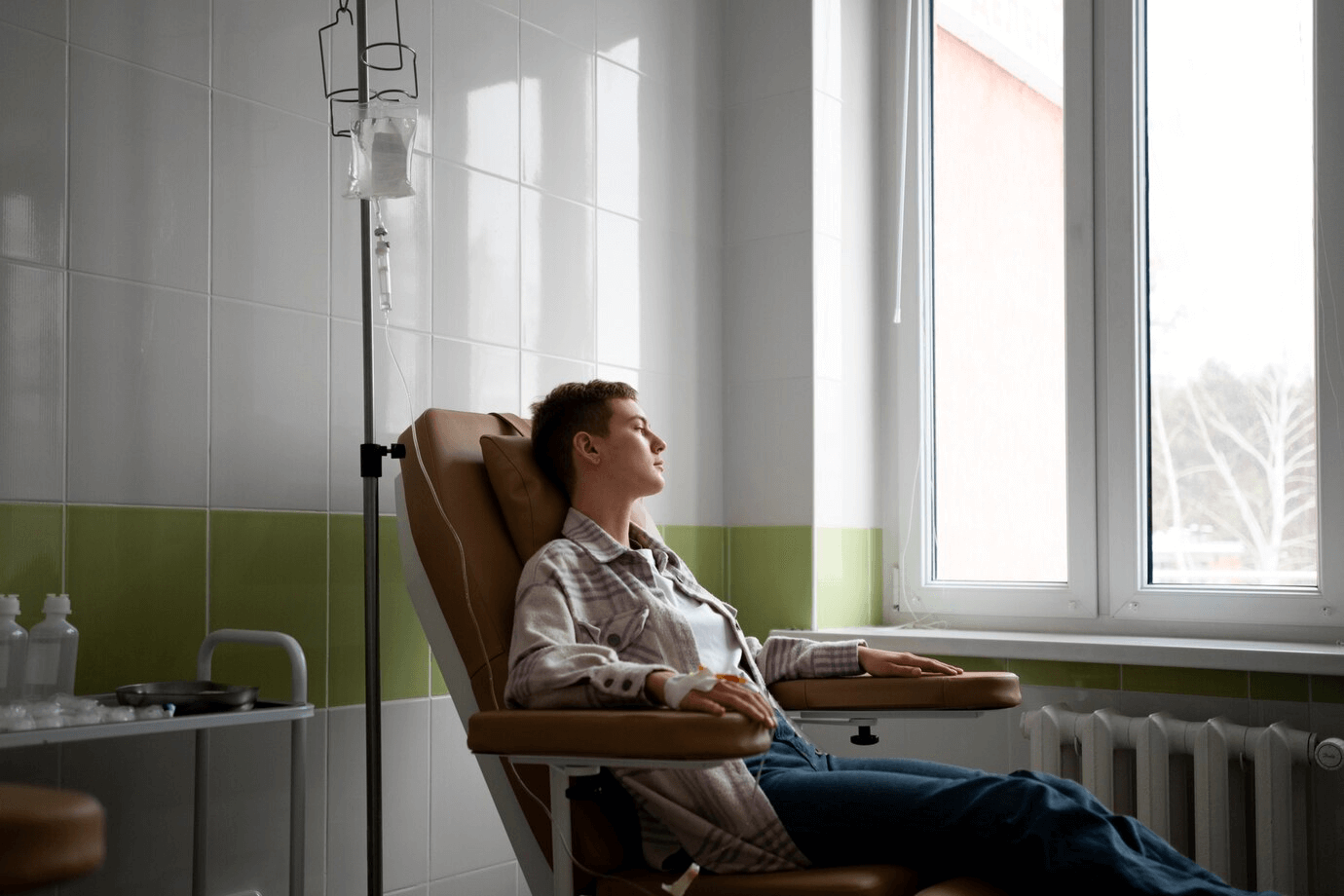Migraines are a common form of headache that can cause moderate to severe throbbing pain, often accompanied by nausea and sensitivity to light or sound. For many people, migraine attacks can last for hours or days, making it challenging to manage daily activities. Fortunately, there are various treatments available today that offer relief from the symptoms of migraines.
Migraine treatment has come a long way in recent years; advancements in medical technology have enabled healthcare providers to identify triggers more quickly and manage migraine-related pain and other symptoms. From prescription medications to self-care tips and relaxation techniques, alternative therapies provide beneficial effects when combined with lifestyle changes. This guide to migraine treatment aims to help readers explore their options for treating their migraines so they can get back to living an active life.
Definition of Migraine
Migraine is an incredibly painful and debilitating medical condition. They can be so intense it almost feels like the pain of a thousand suns. But what is a migraine?
A migraine is defined as a recurring headache that causes moderate-to-severe throbbing or pulsing pain, typically located on one side of the head. It often comes with nausea, vomiting, and extreme sensitivity to light and sound. A person may also experience aura symptoms – blind spots in vision, tingling sensations, or difficulty speaking – before their headache begins. For many people who suffer from migraines, these episodes come with extreme exhaustion afterward due to the intensity of the migraine itself.
Some individuals might only get mild headaches, while others endure hours upon hours of excruciating pain that can last for days. Regardless of where someone falls on this spectrum, though, all agree that migraines are no joke; they’re extremely disruptive to everyday life activities and require effective treatment options for relief.
Migraine Causes And Symptoms
Migraine is a complex condition, and its causes may be multi-faceted. Here are some of the most common triggers that can bring on an attack:
- Stress or emotional distress
- Strong smells such as perfumes, cleaning products, and smoke
- Certain foods like aged cheese, processed meats, alcoholic drinks, caffeine, and artificial sweeteners
- Changes in sleep patterns or lack of adequate restful sleep
- Weather conditions like high humidity or barometric pressure changes
- Hormonal fluctuations during puberty, the menstrual cycle in women, or menopause
The pain associated with migraine usually lasts from four to 72 hours if untreated. It may feel pulsing or throbbing and vary in intensity. Other symptoms include nausea, vomiting, sensitivity to light and sound, fatigue, irritability, mood swings, and difficulty concentrating. In addition, some people experience what’s known as an aura before their migraine—this can include visual disturbances such as zigzag lines in your vision field; pins and needles sensations; speech problems; confusion; numbness; dizziness; weakness on one side of the body; feeling faint or passing out.
To manage migraines, it helps to identify potential individual triggers through lifestyle modifications. This might involve tracking dietary intake (particularly noting any food sensitivities), regular exercise routines for overall well-being but avoiding overexertion, stress management techniques including yoga/meditation/deep breathing exercises, and more.
Migraine Diagnosis
The diagnosis process for migraines is often similar to any other type of headache. Therefore, receiving a proper medical diagnosis as soon as possible is important to find relief from migraine pain.
When conducting the medical evaluation for a migraine diagnosis, healthcare professionals will typically review your family and personal health history, inquire about medications you are currently taking or have taken in the past, and assess lifestyle factors such as sleep habits and diet.
A physical exam may be performed to check vital signs and look for areas on your head or neck that may be tender when touched; lab tests may also be ordered if necessary. In addition, imaging studies such as an MRI or CT scan may be done if there is suspicion of another underlying condition causing headaches.
By utilizing these various diagnostic tools, doctors can determine whether you are suffering from migraines or another type of headache so they can provide appropriate treatment options.
Available Treatments
Once a diagnosis of migraine has been made, several treatment options are available. Speaking with a doctor or health professional about the best methods for headache relief and pain is important. Medications can provide effective migraine relief, but alternative treatments may also be combined with medication or stand-alone therapies. Additionally, lifestyle changes may reduce the frequency and intensity of migraine episodes.
Migraine medications include prescription drugs and over-the-counter products. Pain relievers can be taken at the onset of symptoms to alleviate pain and nausea. For severe migraines, doctors may prescribe triptans which act on serotonin receptors in the brain to stop inflammation and blood vessel contraction associated with migraines.
Alternative treatments like massage therapy, acupuncture, yoga, and other treatment can all provide some degree of symptom relief when treating migraines. Some individuals find relief by using aromatherapy oils or herbs such as feverfew or butterbur extract. In addition, dietary modifications such as avoiding common food triggers like caffeine or MSG can relieve frequent migraine episodes.
Regular exercise releases endorphins in the brain that have natural painkilling effects. In addition, stress management strategies like deep breathing exercises and progressive muscle relaxation further decrease tension that could contribute to migraine episodes occurring more frequently than usual.

Prevention Strategies
When it comes to migraine relief, prevention is key. With the right strategies and lifestyle changes, you can drastically reduce the frequency of your migraines.
Understanding what triggers your migraines is essential in preventing them from occurring in the first place. Keeping a headache diary can help identify common triggers such as certain foods, stress levels, or specific activities. Once identified, avoiding those particular triggers should be one of your main focuses when trying to keep migraine episodes at bay.
In addition to eliminating problematic triggers, modifying your lifestyle may be beneficial. Alternative therapies have been known to relieve pain associated with headaches due to their ability to reduce stress levels. Making time for regular exercise and getting enough sleep every night can go a long way in keeping migraines out of sight and out of mind too!
Ultimately, no single solution works perfectly for everyone; however, knowing which methods work best for you can make all the difference when trying to achieve lasting migraine relief.
Conclusion
At Sunshine Infusion, we know the debilitating effects of migraines. But it can be different with the right diagnosis and treatment plan tailored to your needs. Whether through medication or lifestyle changes, options are available to mitigate their severity and frequency.
This guide to migraine treatment options can help you regain control of your health and life. So, don’t give up hope! =
This guide to migraine treatment options can help you regain control of your health and life. So, don’t give up hope! Contact us now.




